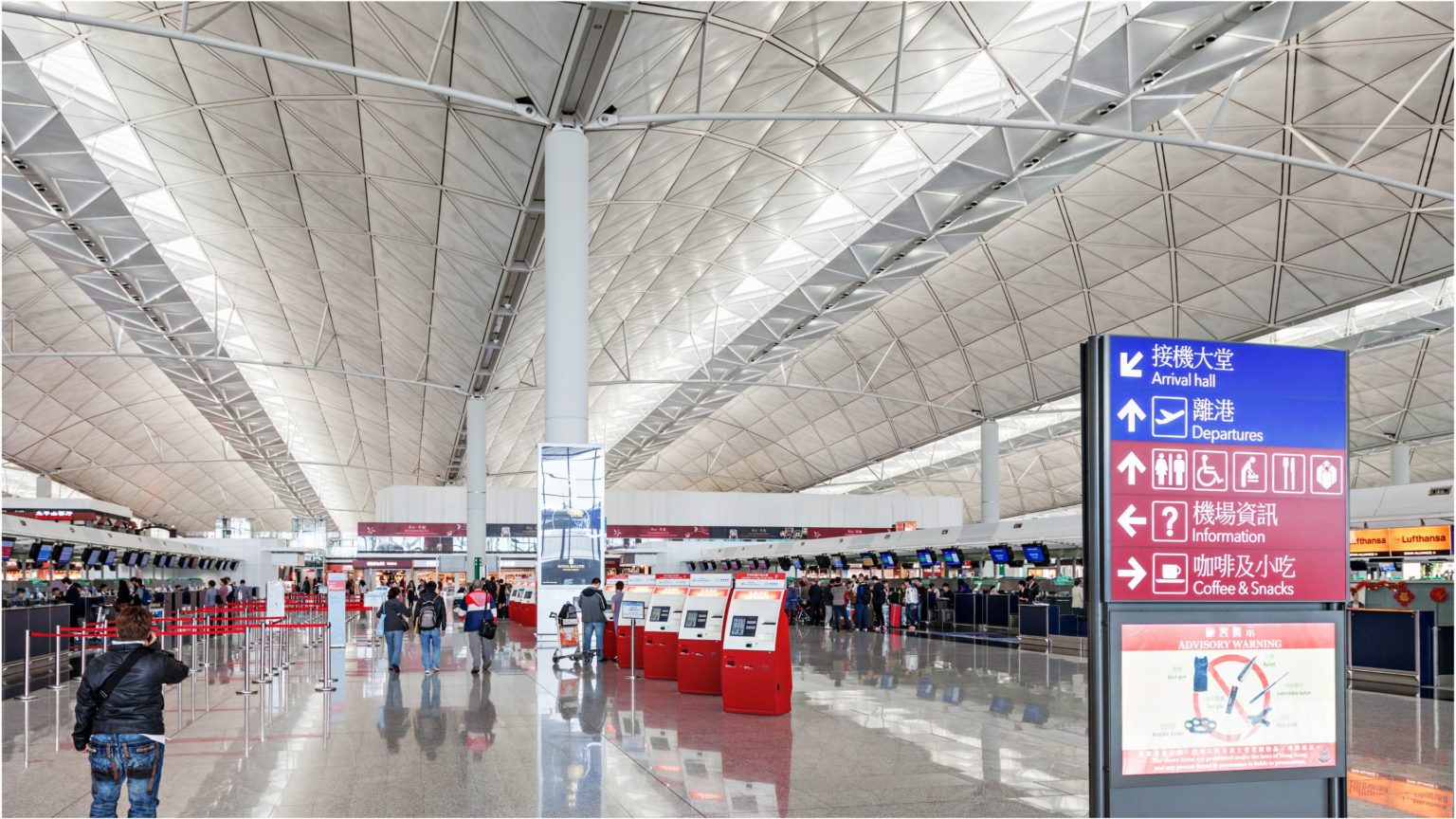The Hong Kong government is “actively considering” reducing the mandatory hotel quarantine period for international arrivals to three or four days, according to a report by the South China Morning Post. The report also stated that authorities will likely introduce a Mainland-style two-colour health code to ensure that overseas travellers and Covid-19 patients do not visit public places.
Currently, international arrivals must stay at a designated quarantine hotel (DQH) for at least seven days after they arrive in the city. The government is reportedly considering changing this to a “3+4” or a “4+3” split quarantine arrangement by which travellers spend the first three or four days at a DQH and the remaining days under home isolation.
The health code will be integrated with the vaccine pass system on the LeaveHomeSafe app and will reportedly be introduced for inbound travellers when the hotel quarantine period is shortened. Travellers will get a yellow code after they complete their hotel quarantine, which will prevent them from entering “high-risk areas”, such as restaurants and bars.
The measure will also be extended to Covid-19 patients who contract the virus within Hong Kong and are approved for home isolation under the StayHomeSafe scheme. They will be issued a red code, in addition to the electronic tracking wristband they must wear to prevent them from leaving their homes while under quarantine.
What is the China health code system?
The Hong Kong health code is modelled on the various codes that Mainland provinces use to track confirmed Covid-19 patients and their close contacts. There is no unified health code on the Mainland, but these various codes share several common features. The latest versions include the results of a user’s most recent PCR test and a suspension of the QR code if the user has been to a high-risk area.
All health codes have a three-colour system to represent a user’s Covid-19 health status:
- Green: The user has no known exposure to the virus and a negative PCR test result.
- Yellow: The user was recently discharged from the hospital or has not undergone a test in more than a week. Some cities issue a yellow code to a mobile phone if it was connected to the same tower as the phone of a patient.
- Red: The user is infected, is a close contact of a patient, or has recently arrived from overseas and not completed their mandatory quarantine period.
Anyone who enters public spaces, such as parks, malls and restaurants must present their health QR codes for scanning. They can enter these places if their codes are green. However, the movements of users issued with yellow and red codes are restricted. They cannot use public transportation or enter stores or restaurants.
In addition, users who have been to a high-risk area and had their QR code suspended as a result will only have their codes reactivated once their quarantine period is complete and they have a negative PCR test result. The codes are not tied to a user’s vaccination status.
Header image credits: Andrey Khrobostov via Canva




